

Research and Development
Material
- Basic Theory of Rubber
Theory
Rubber Definition (KS M 6641)
It is a material that deforms when a weak force is applied at room temperature but restores to its original form when the external force is removed. The product once vulcanized cannot be reformed in the permeant form by applying heat and/or pressure.
Vulcanized Rubber
The elastic substance that deforms when the external force is applied but restores to its original form when removed. A strong bond is generated between rubber molecules by applying sulfur or other cross linking agent on the raw material rubber.
Rubber Type by Raw Materials
NATURAL RUBBER
Resin of the Hevea brasiliensis rubber tree
is 'tapped', that is, wounded to collect its sap
and it is solidified to produce the rubber.It has been collected
from the Amazon River since 1800.
→ Processing Method : Centrifugation and evaporationRubber Tree Sap Collection
Para Rubber Tree
NATURAL RUBBER
SYNTHETIC RUBBER
It is produced as a petroleum by-product and widely produced.
Type : SBR, EPDM, ECO, FKM etc.
TAPPING
Rubber Type
Rubber Type Type Key Description NATURAL RUBBER - Resin of the Hevea brasiliensis rubber tree is 'tapped', that is, wounded to collect its sap and it is solidified to produce the rubber.
- It has been collected from the Amazon River since 1800
→ Processing Method: Centrifugation and evaporation
SYNTHETIC RUBBER - It is produced as a petroleum by-product and widely produced.
- Type: SBR, EPDM, ECO, FKM etc.고무의 종류와 화학구조 Type Abbreviation
(ASTM D 1418)Chemical Structure Usage Nitrile Rubber NBR 
Bearing seal, Encoder seal,
Shock absorber sealHydrogenated Nitrile Rubber HNBR 
Power steering seal Fluorine Rubber FKM 
Engine seal,
Valve stem sealAcrylic Rubber ACM 
Transmission seal,
O/D-RingEthylene-Propylene Rubber EPDM 
O-RING, Gasket
Brake用 CUP, Seal pistonSilicon Rubber VMQ 
O-Ring, Gasket Fluorine Silicon Rubber FVMQ 
O-Ring, Gasket Chloroprene Rubber CR 
Seal, Boot Styrene-Butadiene Rubber SBR 
Diaphragm Polyurethane Rubber AU 
Seal - Rubber
NR
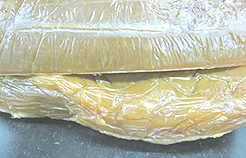
NR (natural rubber) is polyisoprene, the single isoprene polymer, which is a systolic array 1 and 4 where the first and fourth carbon atoms are located at the same side of the double bond. It has outstanding mechanical characteristics and anti-flexibility, but it is vulnerable to environmental conditions such as heat and ozone as well as acids and oils. Applied Products: Engine mount, trailing arm bush, etc.
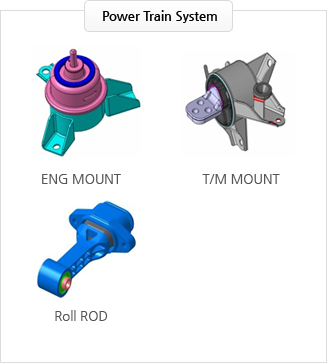
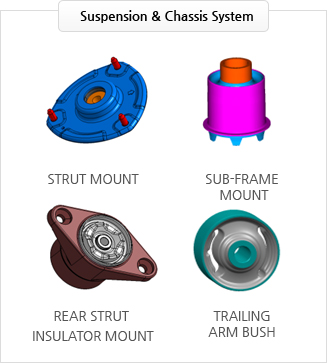
EPDM
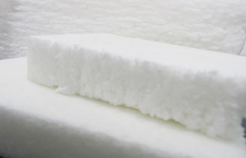
EPDM (ethylene propylene diene monomer rubber) has good tensile strength within the wide hardness range, and it has very excellent ozone resistance, weather resistance, chemical resistance and electric insulation. Its particular strengths are low temperature flexibility, high temperature performance and ozone resistance. Vulcanized peroxide has good heat resistance and compressive elongation up to 150℃. Applied Products: Diaphragm, cup and seal for brakes, gasket for fuel cell vehicles, capacitor seal, etc.
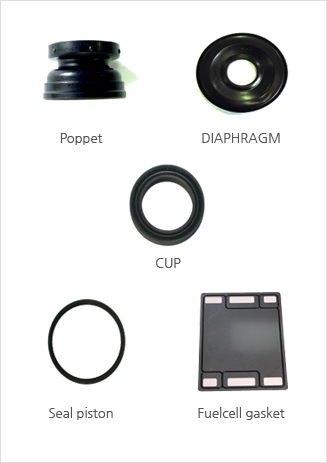
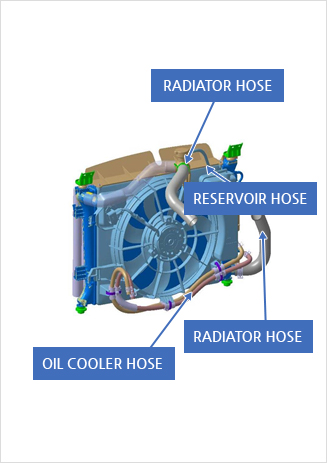
FKM
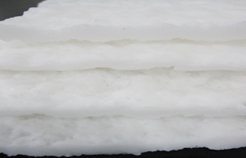
FKM (fluorocarbon rubber) is a high fluoride polymer and it is heat-resistant, ozone-resistant, weather-resistant, flame- retardant, and resistant to oxidative agents. Owing to the C-F bond, the inactive bonding structure with high bonding energy, it is the most heat-resistant and chemical-resistant among rubber materials that are currently commercialized. It maintains rubber elastance up to 200℃ and it is usable up to 300℃ for a short time of period. The triple element copolymer has better chemical resistance and oil resistance than the dual element copolymer, and is used as a highly functional material. Applied Products : Engine seal, Valve stem seal, O-Ring, Gasket, etc

NBR
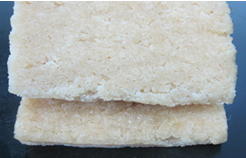
NBR (acrylonitrile-butadiene rubber) is a copolymer composed of butadiene and acrylonitrile. The higher acrylonitrile content is, the higher resistance to oils and fuel oils is, but the lower rubber elastance and permanent compressive elongation are. As NBR has mechanical and wear characteristics superior to other elastic substances, it is widely used in hydraulic and pneumatic equipment, the vehicle, the vessel, the aviation fuel system, the fuel hose and the hydraulic seal material. Applied Products : Bearing seal, Shock absorber seal, Hose, etc

HNBR
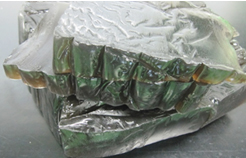
Hydrogen added acrylonitrile-butadiene rubber (HNBR) is produced by adding and reacting controlled hydrogen selectively to NBR. The added hydrogen level varies depending on catalyst quantity and reaction conditions. HNBR has very good mechanical properties and it possess excellent resistance to ozone, environmental aging, high temperature air and moisture. Applied Products : Power steering seal, and refrigerant O-ring for vehicles and home appliances

ACM
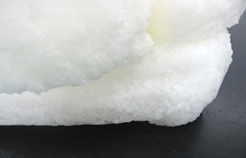
ACM (polyacrylate rubber) is excellently resistant to heat, oil and ozone. It is a saturated copolymer composed of acrylate ester monomer and bridging monomer. Its key properties vary depending on the raw material rubber type, the bridging monomer and the formation method. Applied Products : T/M oil seal and O/D-ring

SBR
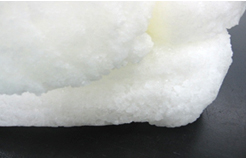
SBR (styrene-butadiene rubber) is a copolymer of styrene and butadiene. Vulcanized SBR has elastance and low temperature characteristics inferior to the vulcanized natural rubber but has heat resistance superior to it. The main operating temperature range is -50℃ to 100℃. It has low ozone resistance but it is possible to improve it by adding the antiozonant. Vulcanized SBR is resistant to non-petroleum automotive brake oil, silicon oil, grease, glycol and water. Applied Products : T/M oil seal and O/D-ring

VMQ
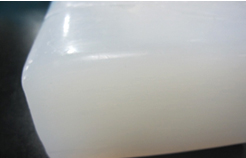
VMQ (silicon rubber) is silica reinforced bridging polymer. With its excellent characteristics of weather-resistance and heat-resistance as well as excellent low temperature and electric characteristics, it is usable in the range from -50 to 200℃. In addition, since its fluidity is better than conventional organic rubber, it is easy to process and to color using the pigment and/or the additive. Moreover, since it has low hydrocarbon content, it does not combust easily and its properties change little even if exposed to oxygen, ozone or UV in the air for a long time. Applied Products : O-Ring, Engine Seal, Gasket, etc

CR
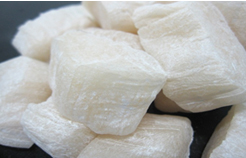
For CR (chloroprene rubber), since its main chain mostly has a perfect trans-1 and -4 structure, it has highly structural regularity. It possesses excellent resistance to ozone cracking, heat aging and strong chemicals, and offers good resistance to silicon oil and grease. Its operating temperature range is between -40℃ and 100℃. Applied Products : O-Ring, Engine Seal, Gasket, etc

ECO
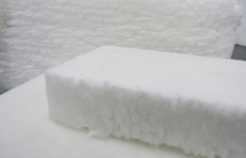
ECO (epichlorohydrin rubber) is saturated aliphatic polyether polymer with chloromethyl side chain. There are three types of epichlorohydrin rubber as follows
- CO : Epichlorohydrin homo-polymer
- ECO : Copolymer of epichlorohydrin and ethylene oxide
- GECO : triple element copolymer of epichlorohydrin, ethylene oxide and unsaturated monomers
ECO rubber is heat-resistant, oil-resistant, ozone-resistant and flame-retardant. Applied Products : HOSE, FDP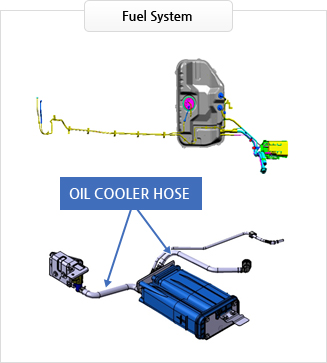
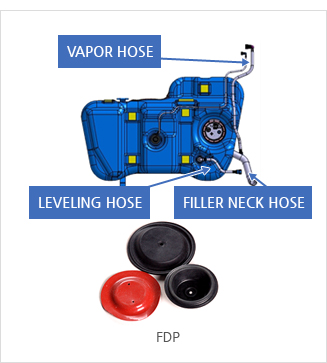
- Plastic

It refers to the massive molecular weight material, that is, the polymer material composed of carbon, hydrogen, nitrogen and organic or mineral elements. Since its final usage state is solid but during the production process, it is heated and compressed to change into the fluidal state, it is possible to form it alone or in composite into the desired form. One of the ways to understand such polymer is to monitor the state when a given small molecule attains bigger molecular weight. For instance, hydrocarbons are in a gaseous state when the number of carbon and hydrogen atoms is small, that is, the molecular weight is small as in methane or ethane, but when the number of carbon atoms increases, its state becomes liquid and when it increases more, it becomes solid. If the number of carbon atoms increase beyond this state, it starts to assume plastic properties. Its plastic property starts with approximately 1000 carbon atoms.
Plastic Item Material Name
(IUPAC Naming Method)Chemical Structure Usage Thermoplastic Resin PTFE
(PolyTetraFuoroEthylene)
Seal Ring ETFE
(EthyleneTetraFluoro
Ethylene)
Seal Ring PEEK
(PolyEtherEtherKetone)
Seal Ring, Thrust Washer PA66
(PolyAmide 66)
Thrust Washer,
Accumulator,
VIS ValveThermosetting Resin Phenol 
Thrust Washer PAI
(Polyamide imide)
Seal Ring PA66
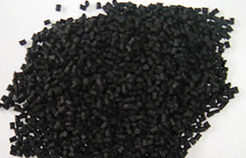
PA is common engineering plastic, which is produced the most widely in the market. Nylon collectively refers to long chain polymers polymerized by the amide bond (-NHCO-). Nylon 66 is acquired by dehydration and polycondensation of hexamethylenediamine and adipic acid. Since its processability is very excellent, it is possible to make composite materials with other materials, which exhibit various properties. However, since it highly absorbs moisture, it has low electric resistance and dimensional stability. Applied Products : Engine Mount, Trailing Arm Bush, etc

PTFE
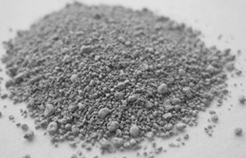
PTFE is heat resistant, cold resistant and chemical resistant, and it has excellently low frictional characteristics, cohesionless property and electric property. By its excellent nature, it is mainly used if various properties are required at the same time (for instance, heat resistant + electric conductance, chemical resistant + heat resistant or cohesionless + heat resistant). Specifically, in the areas where require chemical resistance and solvent resistance for chemical engineering industry and the semiconductor industry. Applied Products : SealRing

ETFE
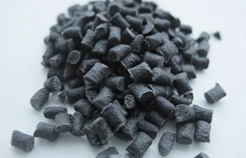
ETFE is material acquired from copolymer of tetrafluoroethylene and ethylene. ETFE is not fully fluorinated but is excellently chemical resistant and its continuous operating temperature is 150°C. Its strength is the highest among fluoride resins and it is injectable. Applied Products : SealRing

PEEK
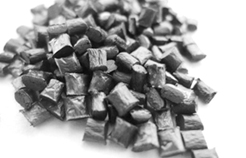
PEEK (poly-ether ether ketone) is linear aromatic polymer with repeated components of oxy-1,4-phenylene-oxy-1,4-phenylene-carbonyl-1,4 phenylene structure. It has the highest performance among materials currently in use. It is highly heat resistant (melting point of 330℃), it has outstanding wear and chemical resistance against contacted parts and by compounding, broad characteristics are assigned to it. Applied Products : Thrust Washer, SealRing, etc

PAI
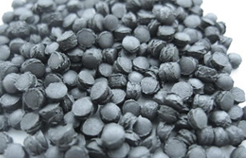
PAI is the PI material of which processability is improved, where PI has high heat resistance but low injectability. It has very high tensile and impact strength. In addition, since it has highly thermosetting resin characteristics, it is generally excellent in every property, which it can be said to be a step higher heat resistant resin material. As it highly maintains mechanical strength at high temperature and its precision moldability is good, it is mainly used for perturbation parts. Applied Products : Thrust Washer, SealRing, etc

PPS
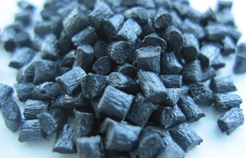
It has the longest history among engineering plastics. It is generally used when combined with filler materials such as glass and/or rubber. It is a thermosetting resin produced with phenol and formaldehyde. Phenol resin is highly heat resistant, chemical resistant and dimensionally stable, and has a good property and price balance. In addition, since it coexists with various fillers without issues, it exhibits various properties. However, it is vulnerable to alkali and difficult to color. Applied Products : LPA PISTON








